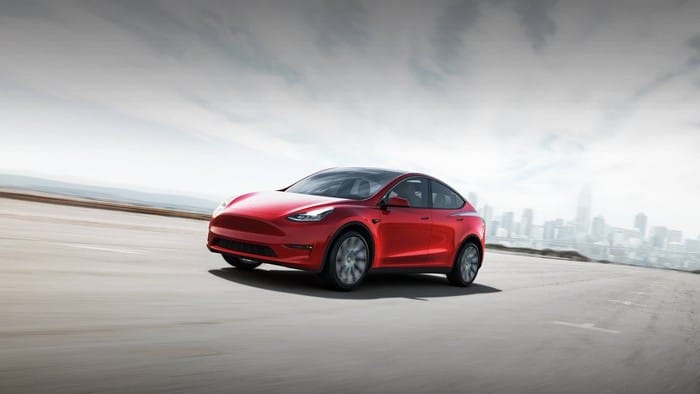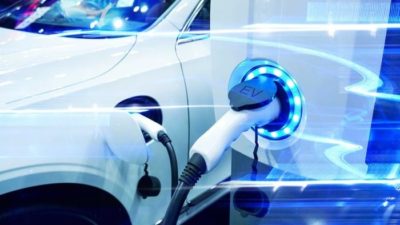This article was originally published on Fool.com. All figures quoted in US dollars unless otherwise stated.
Electric-car maker Tesla (NASDAQ: TSLA) reported first-quarter deliveries on Saturday. While the record deliveries were far higher than they were a year ago, they were short of analysts' average estimate for the quarter.
On one hand, Tesla's first-quarter deliveries are an impressive achievement given the global supply chain challenges. On the other hand, however, the fact that they were worse than expectations provide more confirmation to investors that the auto industry is struggling to recover from chip shortages and other parts and logistical issues that have been plaguing it.
Tesla's first-quarter deliveries: The raw numbers
Tesla delivered approximately 310,000 vehicles in Q1. This record quarterly figure is up from about 309,000 in the fourth quarter of 2021 but represents a staggering year-over-year growth rate of 68%. The figure also notably puts Tesla's trailing-12-month deliveries at a figure above one million (about 1,061,000) -- for the first time. This is up from trailing-12-month deliveries of approximately 596,000 just one year ago.
The deliveries in the quarter consisted of 295,324 Model 3 and Y vehicles combined and 14,724 total Model S and X vehicles. Model 3 and Y deliveries were down slightly sequentially while Model S and X deliveries were up 25% over the same time frame. The sharp sequential increase in Model S and X deliveries reflects Tesla's ongoing ramp-up of production of these vehicles following an overhaul to their design in early 2021 that required updates to the electric-car maker's production line.
Analysts, on average, were expecting Tesla to deliver about 317,000 vehicles during the period. The underperformance likely took some investors by surprise because the sequential growth was the slowest Tesla has seen in years.
There's hope for a strong second half
While the quarter's deliveries may have missed analysts' estimates, there's still good reason to expect sequential growth to reaccelerate later this year, particularly in the back half of 2022. The company said in its fourth-quarter update that it expected production levels to increase at its existing factories and that it would bring production online at new factories in 2022. Indeed, production has already started at the company's factory in Germany. And Tesla could be just months away from the start of production at its new factory in Texas.
But things could get worse before they get better. Tesla's factory in China is currently on a production pause because of COVID-19 restrictions. Furthermore, it takes time to ramp up production at new factories. So any impact from Tesla's factory in Berlin in Q2 could be very small.
Despite supply shortages and a production pause in China, Tesla's full-year guidance for 50% growth this year may be conservative enough for the company to still easily surpass this range, especially if some supply constraints are alleviated in the second half of the year -- just as production potentially ramps up to meaningful levels at new factories.
This article was originally published on Fool.com. All figures quoted in US dollars unless otherwise stated.









